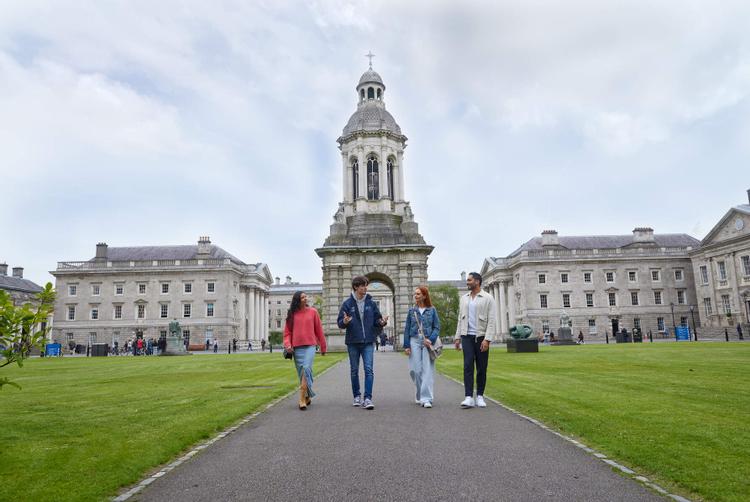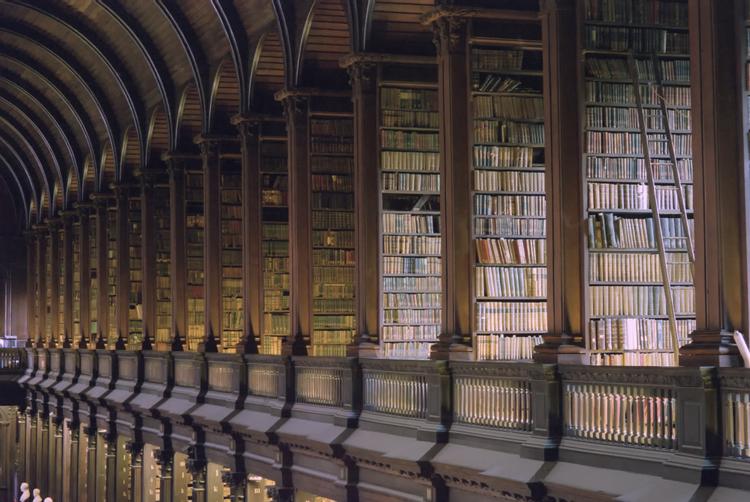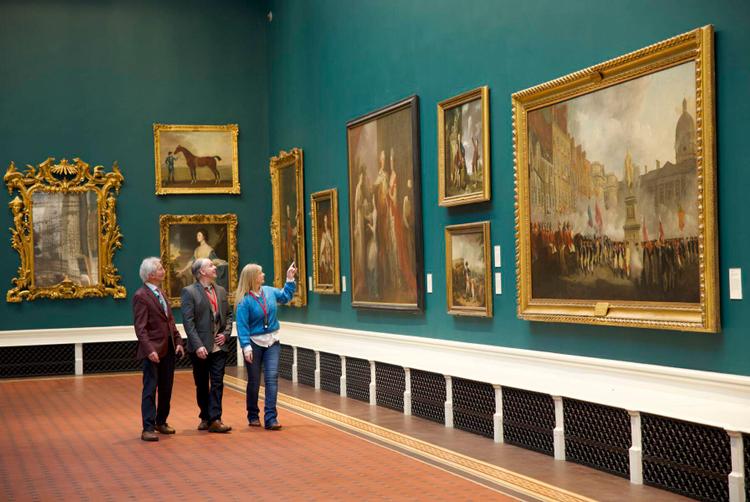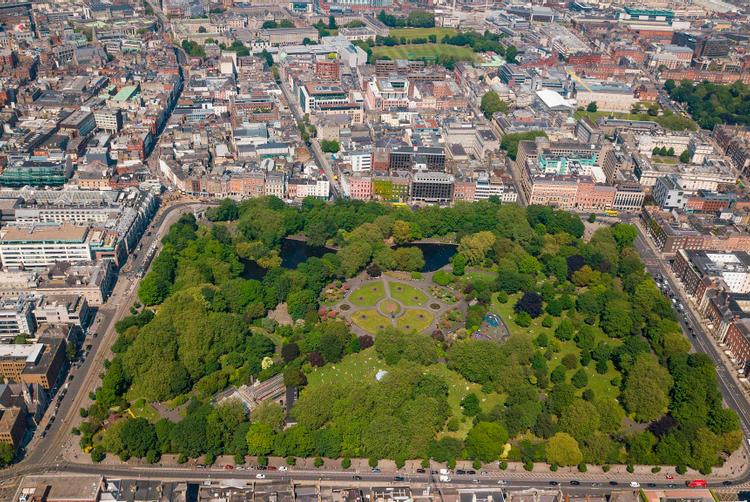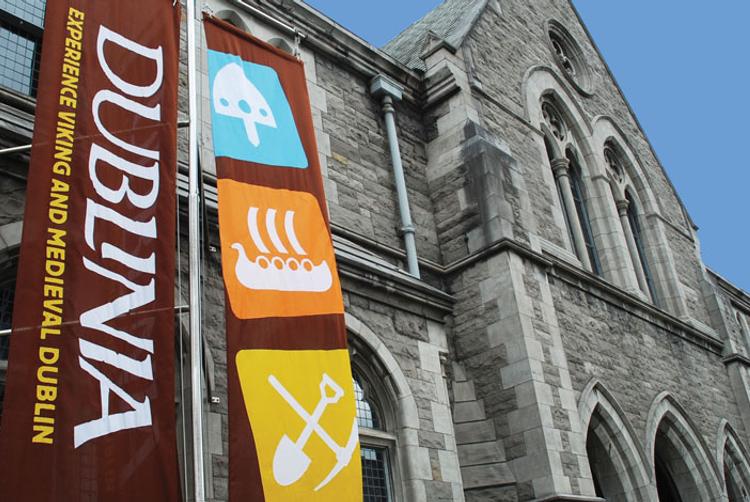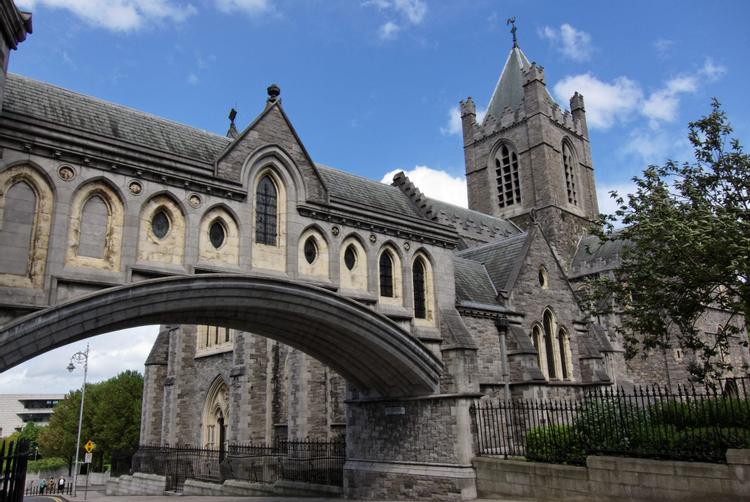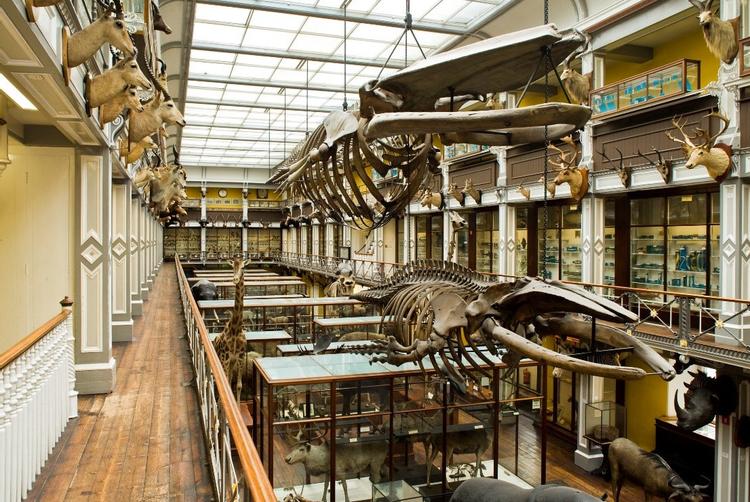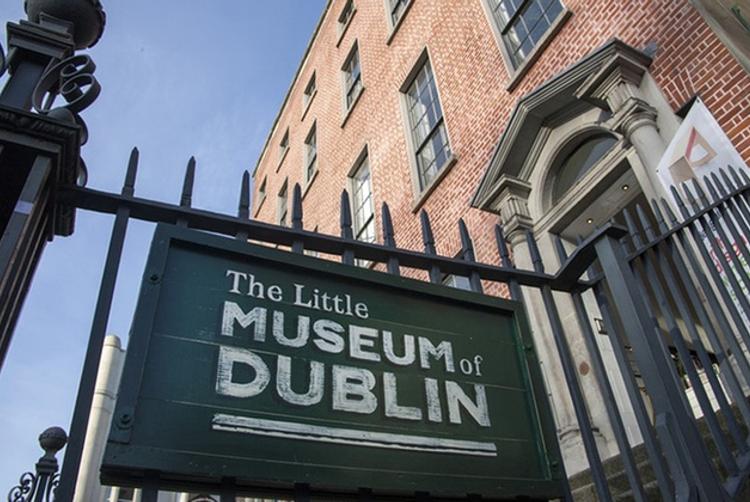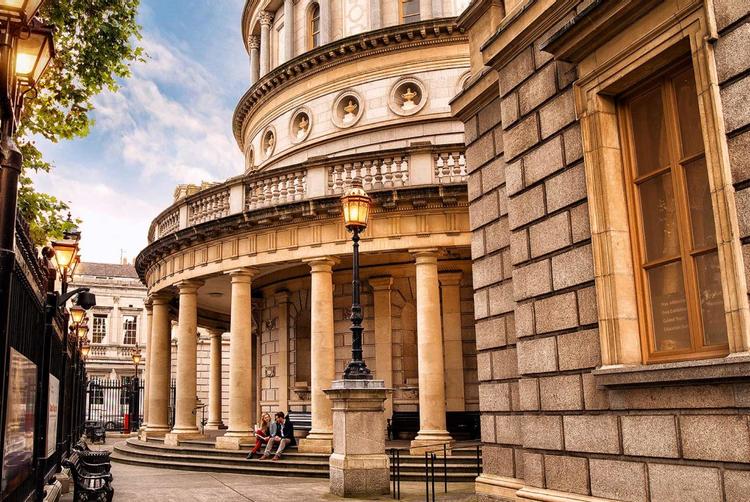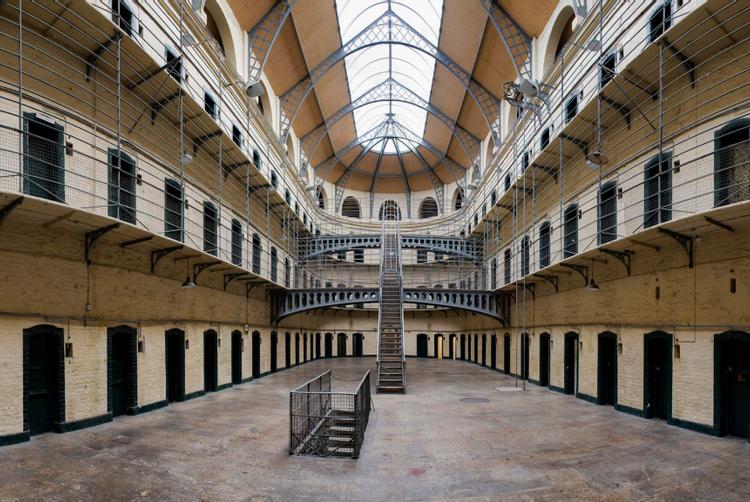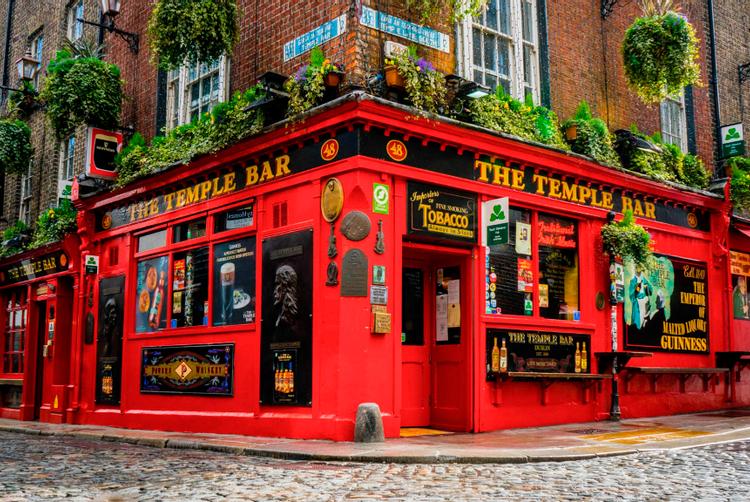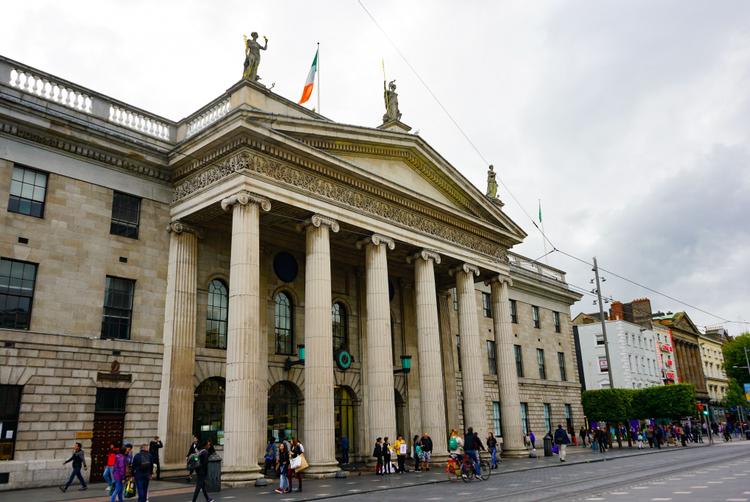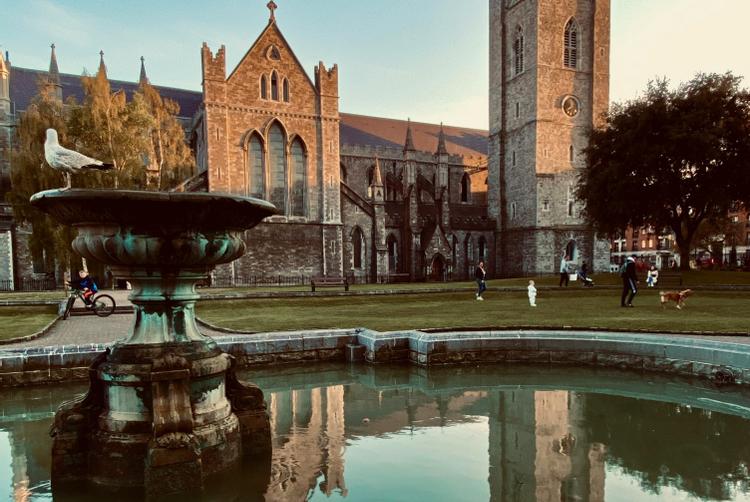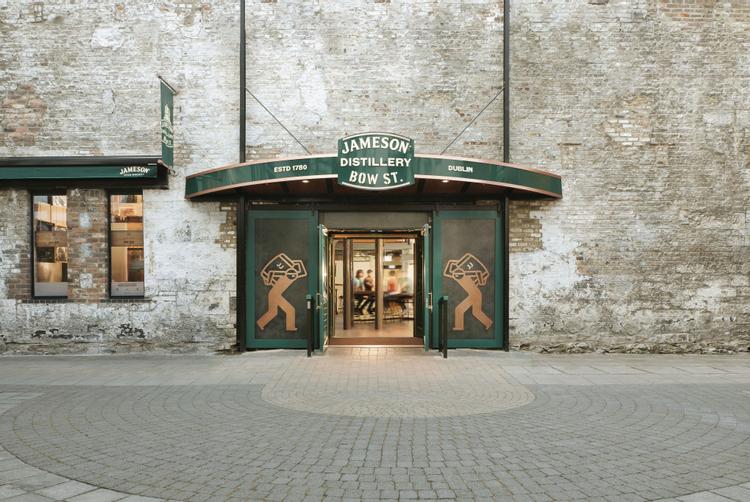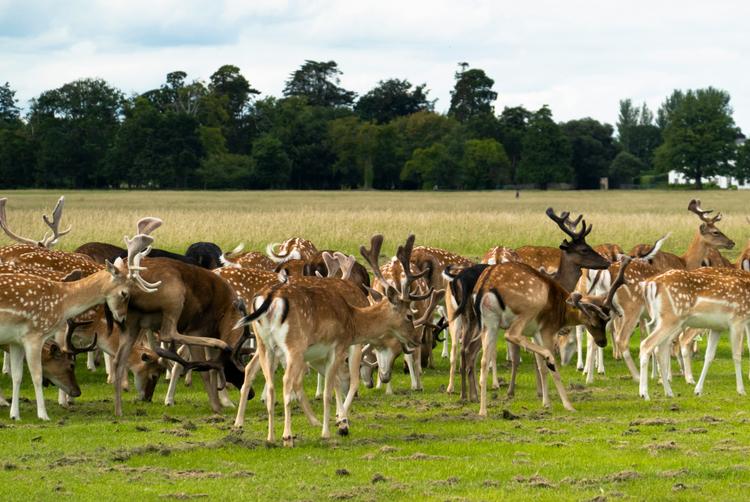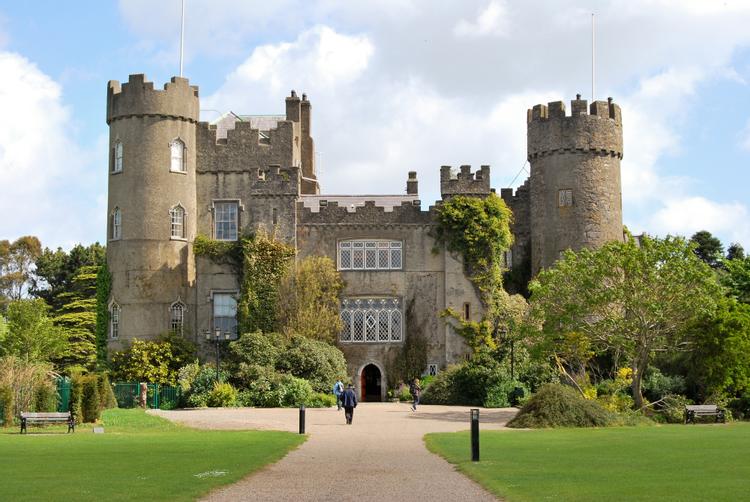Things to do in Dublin
Dublin has so much to explore, and Brooks Hotel is your perfect gateway to it all.
Just a leisurely stroll from the vibrant Grafton Street and the lush expanse of St. Stephen's Green, this prime location places you at the centre of Dublin’s fashionable and cultural hotspots.
Immerse yourself in the rich history of the iconic Guinness Storehouse, where you can enjoy a pint with panoramic city views or delight in a family-friendly adventure at the renowned Dublin Zoo, you can experience it all from the Brooks Hotel.
Discover world-class contemporary art at the Irish Museum of Modern Art (IMMA), set within the beautiful grounds of the Royal Hospital Kilmainham.
Stay at Brooks Hotel and you’ll be perfectly located — just steps from major festival venues, in the heart of Dublin’s literary and cultural buzz.


